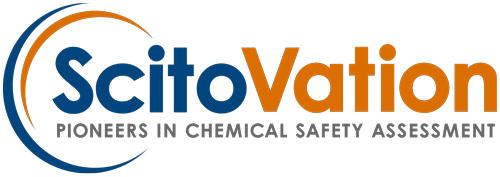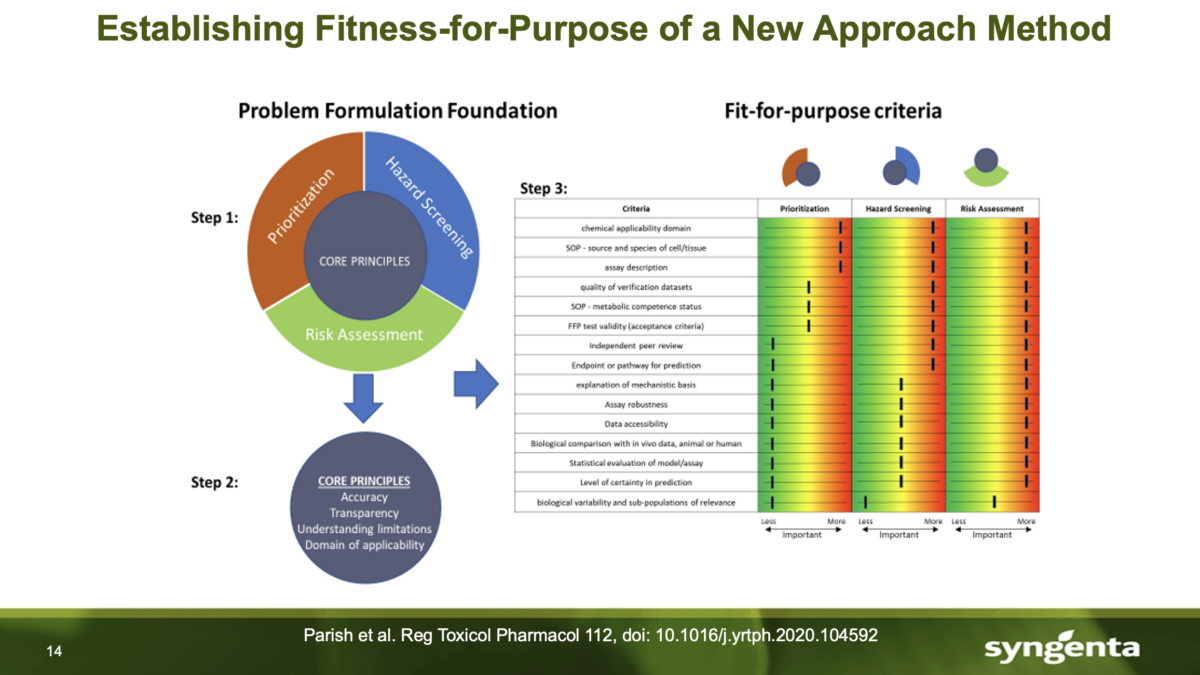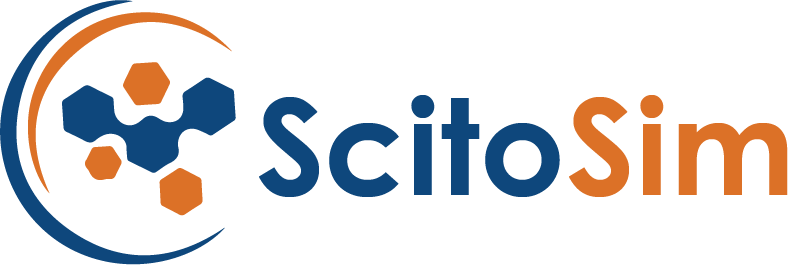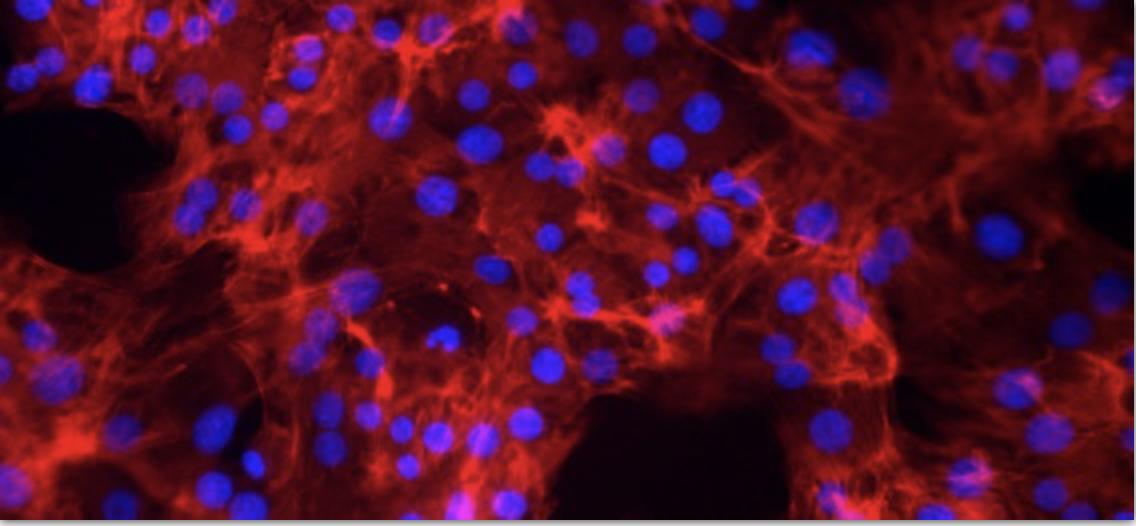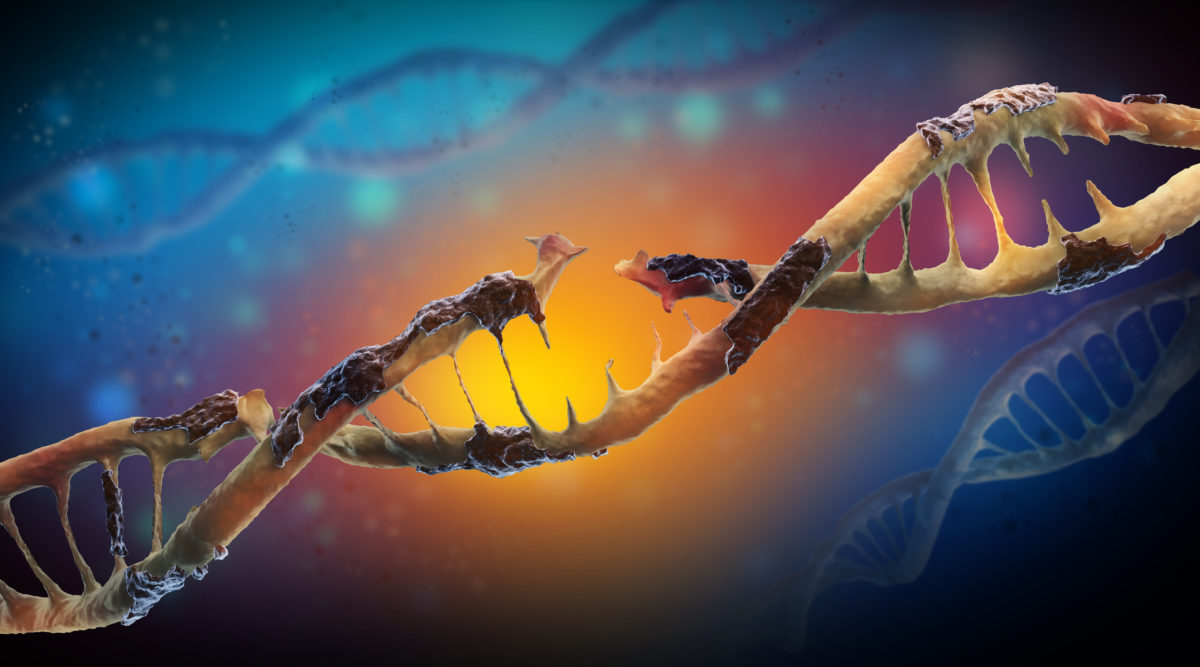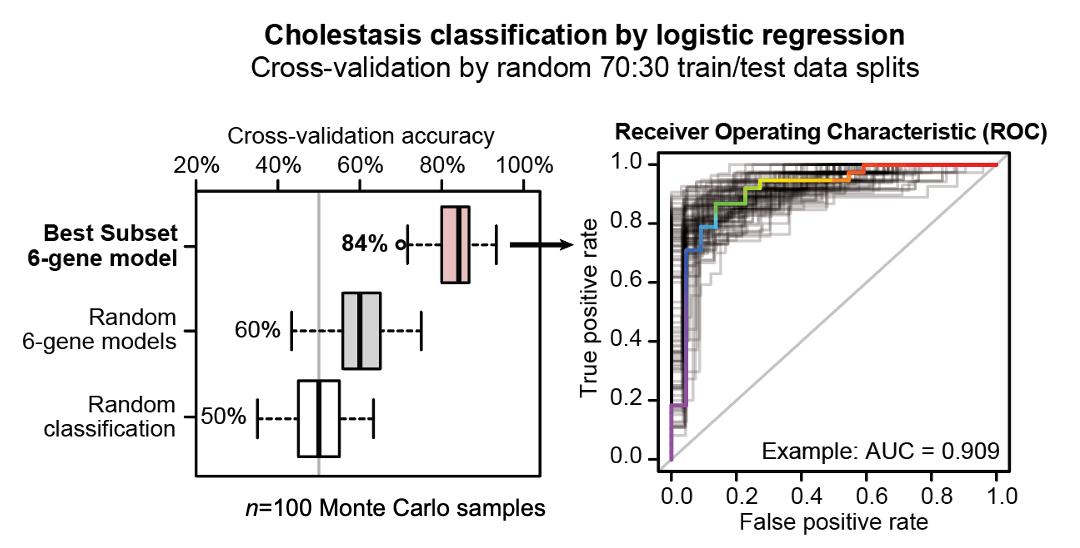Doug Wolf, DVM, PhD, discusses the creation and use of the Souce-to-Outcome framework, a new NAM incorporating a novel mathematical procedure developed to estimate the human equivalent concentration (HEC) for inhalation risk assessment based upon the relevant aerosol characterization, respiratory dosimetry modeling, and endpoints derived from an in vitro assay using human respiratory epithelial tissue. What you’ll learn: Introduction to …
NAM-Driven Computational Pipelines for Safety and Regulatory Framework
Andy Nong, PhD, ScitoVation’s Director of Computational Toxicology, is our guest speaker for this exciting webinar and new product announcement. Andy will share different computational pipelines that can complement a tier assessment approach for various forms of data such as in vitro screening tests or animal studies. What you’ll learn: How to integrate exposure and toxicity data in a quantitative …
Gene expression biomarkers as tools to interpret high-throughput transcriptomics data stream
We kicked 2023 off strong with our first webinar led by Dr. Chris Corton, Molecular Toxicologist in the Center for Computational Toxicology and Exposure at the U.S Environmental Protection Agency (EPA). Gene expression biomarkers are becoming increasingly important tools to assess mode of action (MOA), determine benchmark dose, and define point of departure for risk assessment. We welcomed Chris to …
HepaRG cells: a fit-for-purpose system for hepatic modeling and DILI (Drug-Induced Liver Injury) prediction
In this webinar, Pamela Bachour El Azzi, PhD discussed the different applications of HepaRG cells: induction studies, DILI (cholestasis, steatosis) and the 3D systems.What you’ll learn: Coverage of key information about HepaRG cell model and its benefits The use of HepaRG cells for CYP induction and hepatotoxicity studies HepaRG cell engineering and modes of culture All registered participants will receive …
New Alternative and Approach Methods to Assess Genotoxicity in Human Relevant Systems
We just showcased our new Chief Scientific Officer, Leslie Recio, PhD, DABTin our May 10th webinar. Les discussed integrating traditional genetic toxicology endpoints with genomic profiling to assess genotoxicity in the HepaRG™ cell platform. He furthere explained how high throughput comet assay using CometChip® technology, a single cell array platform developed at MIT, flow cytometry-based micronucleus (MN) assay, and toxicogenomics …
Chemical structure-property relationships and PBPK modeling: Progress and Perspectives
Please join us for our next webinar on November 9 at 11am ET by Dr. Kannan Krishnan, Chief of the Air and Site Assessment and Climate indicators Branch (ASACIB) at the Office of Environmental Health Hazard Assessment (OEHHA) of California Environmental Protection Agency. He will take us through the journey of his lab’s work on chemical structure-property relationships for PBPK modeling – …
Discovery of a new mechanism for genetic change: Exitron splicing implications for carcinogenesis
by Michael Black Carcinogenesis, or the process of transformation of cells to a cancerous state, often is associated with aberrations in messenger RNA splicing. Removal of introns in pre-mRNA is an essential step in normal cell processing of mRNA prior to transcription of a peptide from a final mRNA transcript. Alternative splicing of pre-mRNA gives cells the ability to regulate multiple final mRNA products from a single gene, adding diversity to the …
Development of a Molecular Fingerprint for Predicting Drug-induced Cholestasis
Jake Reske, ScitoVation graduate intern in toxicogenomics, will explains a meta-analysis strategy used to develop a preliminary classifier of hepatic cholestasis through public transcriptomic data sets. Cholestasis is a hepatic disease that results from bile acid metabolic dysregulation. We describe our approach to using transcriptomics, statistical modeling, and machine learning to identify molecular signatures of cholestasis. What you’ll learn: Data-driven approaches to identify …
Toward an Actionable Collaborative Data System for Toxicology
Patrick McMullen, Director of Computational Toxicology I have often joked that as a computational biologist in an applied field that has been slow to embrace bioinformatics, it is my goal to work myself out of a job. That is, if I can empower the scientific experts responsible for safety decisions with the right tools, then they can ask their questions …
- Page 1 of 2
- 1
- 2
